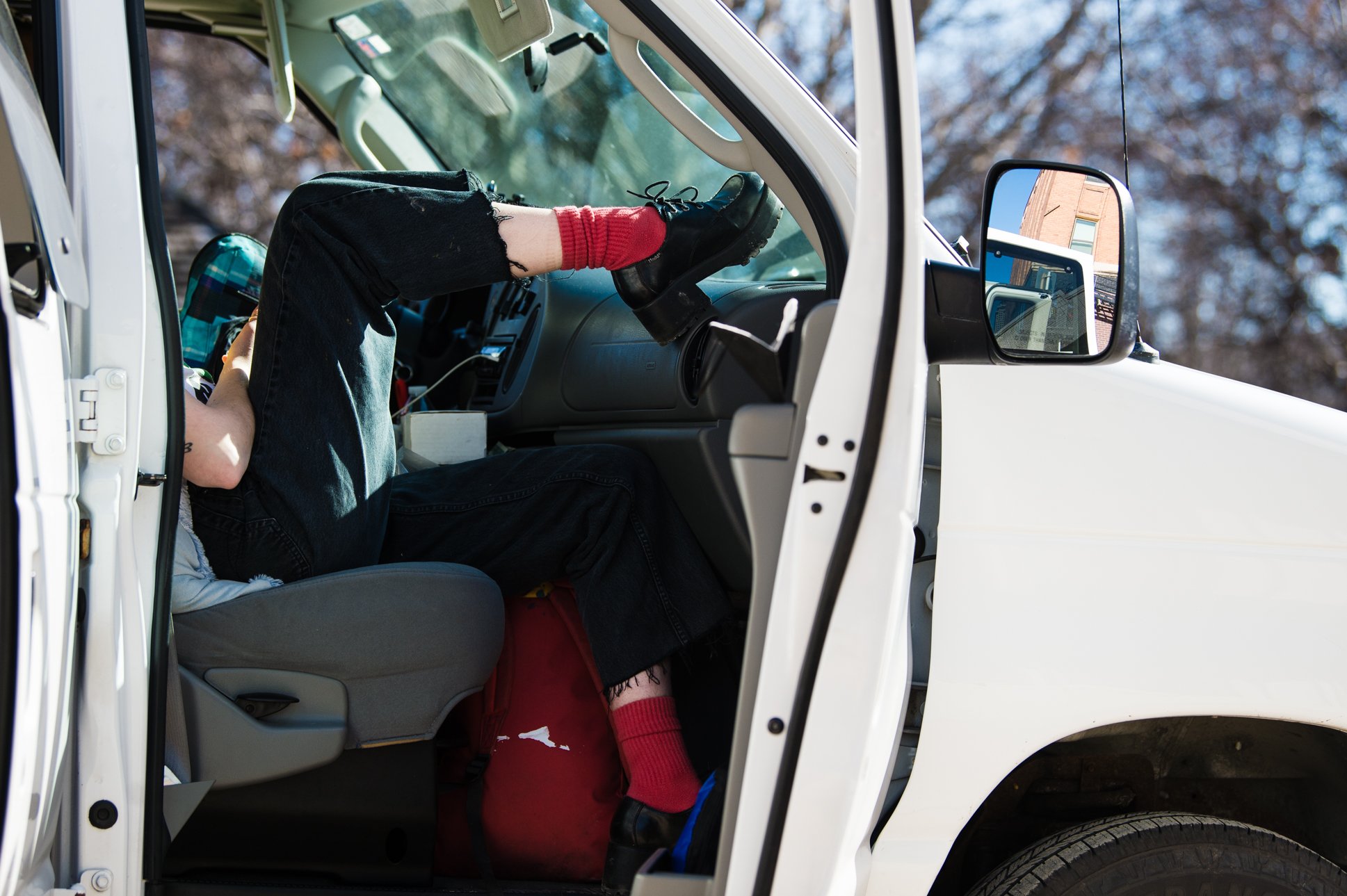How Much Do Indie Artists Make on Tour?
🫵 This is for the Artists
Ever wondered how much money indie artists make touring? Spoiler alert: it's probably not what you think. This post dives into the data to give you a realistic picture of what it’s like to be on the road as an indie artist.
The touring landscape for independent musicians has undeniably shifted in the post-pandemic world. To understand these changes and empower future artists, we conducted a survey targeting indie artists who toured in 2023. Our goal? To gather real-world experiences and translate them into actionable insights specifically relevant to you, the artist.
At SXSW 2024, our CEO and co-founder, Laura Simpson, presented this data. Now, we're excited to share it with a wider audience, ensuring every artist has access to this knowledge. This presentation targets independent and up-and-coming musicians, as opposed to established artists on major labels.
-
We received 54 responses, primarily from North American artists (52), with representation from Australia and Europe (2). Most respondents are not working with an agent or promoters. While the data may not be universally applicable, it offers crucial benchmarks and takeaways for musicians building a sustainable touring career.
👇 Slide Deck
💡 Key Takeaways
Focus on Sustainability: A key theme is avoiding burnout and building a touring model that prioritizes well-being alongside financial goals.
The Money: Don't expect touring to make you rich. While major-label artists can gross millions, the average indie artist makes a few thousand dollars.
Focus on Investment & Growth: Touring should be viewed as an investment in fanbase building and career development, with merch sales often exceeding ticket revenue.
DIY Success: Alternative venues like bars and community spaces offer opportunities for independent artists to retain control and maximize profits.
😅 Main Challenges & Tips
Challenge: Decreased attendance
Tips: Plan shorter, regional tours to mitigate costs and capitalize on your hometown reputation. This is especially more prevalent compared to pre-pandemic times. Try marketing your show using themes to attract new audiences when playing a new market. For example, market your show as a rockabilly night. People may not know who you are but if they love rockabilly, they’ll buy a ticket.
Challenge: Increased expenses
Tips: Consider co-tours, solo tours, or planning 3-4 shows within driving distance of a central Airbnb. This provides a sense of "coming home" and can save money through a multi-night booking discount.
📊 The Numbers in a Nutshell
Ticket Sales & Merch: The average indie artist sells less than 100 tickets per show, priced at roughly $21. Merch sales are crucial, averaging $15 per attendee.
Budget: Budgeting for an average cost of $630 per show is a good starting point. You should allocate 25% of your budget for unexpected expenses to prioritize financial planning and explore alternative financing options instead of using high-interest credit cards.
Profit: 57% of touring indie artists were profitable and 20% broke even. Of those profitable, the average net revenue was $3,800. This highlights that touring is an investment in fanbase growth.
👉 Outcome
Despite the challenges, 83% of artists said it was worth it.
By sharing experiences and financial realities, independent artists can develop more sustainable touring models and advocate for fair compensation. Utilize the data and insights from this post to plan financially sound and sustainable tours for your music career.
🤔 Curious to dive deeper?
Watch the full presentation for in-depth knowledge and hear from established touring acts such as Housewife, Hayfitz, Kaia Kater, and Ben Caplan.


